Handbuilt ’70s cabin-truck puts today’s camper vans to shame
In the early 1970s, Eric Sabelman and his future wife, MaryAnn, had a love for travel, a pickup truck, and a budget that left them residing with Eric’s parents. So they decided to hit two birds with one stone and build a cabin on wheels. Now, more than five decades later, they’re reluctantly letting it go.
Meet the Trundlehouse, a head-turning redwood housecar that sits atop a 1959 GMC pickup truck. The future Mr. and Mrs. Sabelman built it in the summer of 1971 at Eric’s grandfather’s farm west of Santa Rosa, California.
“We wanted to go traveling and had no money for motels,” Eric says, “so putting a cabin on the pickup that I’d been driving seemed reasonable.”
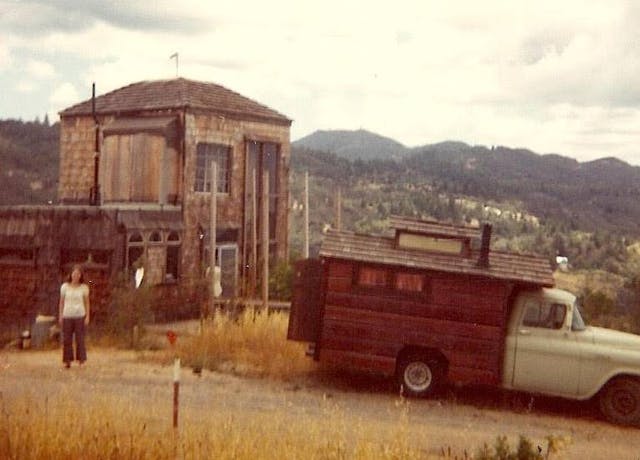

Devout Quakers, Eric and MaryAnn had originally hoped to put the Trundlehouse on the road by July 1971 so they could attend a Quaker gathering in Oregon. That didn’t happen, but they eventually drove it north along the Pacific Coast Highway and into Canada to visit friends. Later, they took it to California’s Lassen Volcanic National Park for their honeymoon in 1972 and drove it back and forth to Los Angeles numerous times to visit MaryAnn’s parents. The couple also lived in the housecar while Eric worked on his PhD at Stanford.
“Buying a real house in 1979 pretty much ended long trips,” Sabelman says. After that, “We used it as a guest room and kids’ playhouse.”
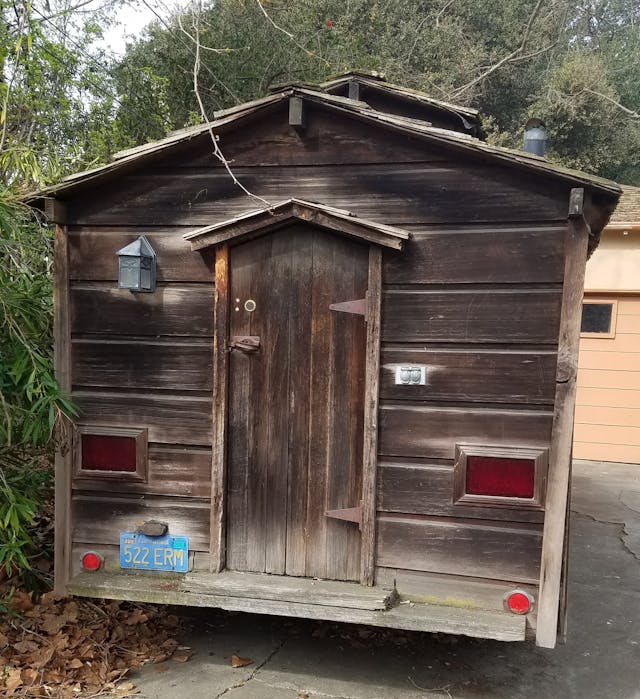
The Trundlehouse takes its name from the word trundle, which refers to a wheeled vehicle that “moves slowly and heavily, typically in a noisy or uneven way.” But its name isn’t the only thing the housecar borrowed, since Eric Sabelman sourced reusable wood, parts, and accessories wherever he could in order to save money. While some commenters who saw the Trundlehouse on barnfinds.com have speculated that Sabelman built it using a kit or design plans, he did it all himself. From scratch.
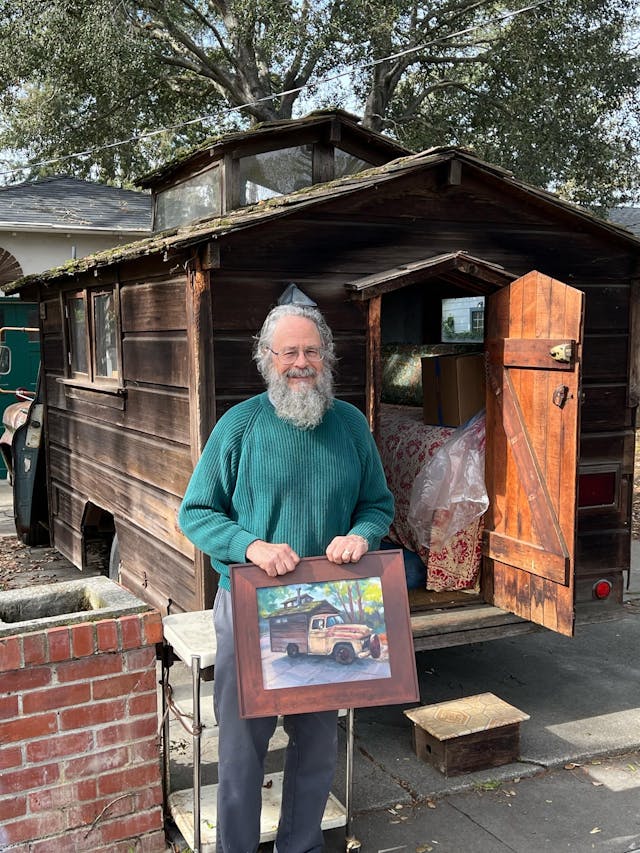
“There were no plans,” he says. “I had examined a friend’s wood camper shell and decided how to improve it. I had two requirements: reducing the weight [by removing excess steel from the bed] and providing stand-up height without adding wind resistance—hence, the low roofline and cupola.”
Among the Trundlehouse’s oddities: The truck wears bucket seats from a 1960s Ford Mustang, seat belts from an airplane, an under-dash compass from a Sherman tank, and a tachometer that reads in roentgens, normally used to measure radiation exposure but in this case used for engine rpm. Sabelman says the “old-growth redwood siding, moldings, and closet doors are from a pre-1900 house in Santa Rosa that my father dismantled and saved.” He points out that the cabinet doors are not plywood, but 1×16 redwood.
Sabelman installed separate electrical systems so the Trundlehouse can be powered by an electrical outlet or battery. There’s also an icebox, freshwater tank, and sink, but no toilet. The cabin, which is permanently attached to the truck’s modified frame, has a folding seating/sleeping area that rests on slide-out beams. There is a crawl-through from the cabin into the truck cab.
As for any additional accouterments, Eric says, “MaryAnn did most of the interior once the carpentry was done.”
Perhaps the housecar’s coolest feature is its vintage, cast-iron Sears and Roebuck pot belly stove, which is insulated by tile walls and has a chimney that extends through the roof.
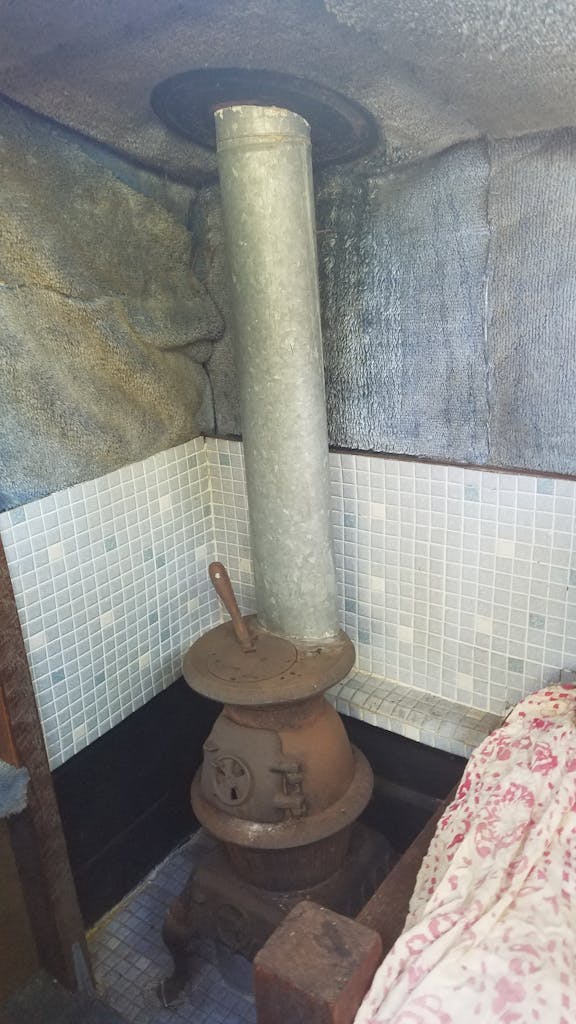
The Trundlehouse is 112 inches tall to the top of the smokestack, 228 inches long, and 84 inches wide (plus an additional 4 inches on each side where the roof overhangs). “It’s about 8 inches wider and 18 inches longer than the original bed of the 1959 GMC Wideside pickup,” Eric says, “which has a wheelbase of 126 inches and a width to the outside edge of tires of 69 inches.”

As for the truck itself, the ’59 GMC pickup is powered by a 270-cubic-inch straight-six engine, mated to a heavy duty four-speed transmission “with compound low gear and an oversize ‘school bus’ differential.”
Sabelman says the truck hasn’t run in a couple of years, and when he recently tried to start it, “it turned over OK but doesn’t seem to maintain a strong spark.” He purchased a new battery and may decide to take it to a mechanic who has worked on it before.
Unfortunately, the non-starting problem isn’t the only concern with the Sabelmans’ 52-year-old creation. Although the siding is redwood, there is termite damage in the non-redwood studs and rafters that will require repairs. Also, the cedar-shingle roof is covered in moss and mold, and Eric fears some might blow off on the road unless they’re fixed. Additionally, rust has penetrated the truck’s fenders and damaged the door hinges.
“It’s definitely a ‘fixer-upper,’” Sabelman admits.
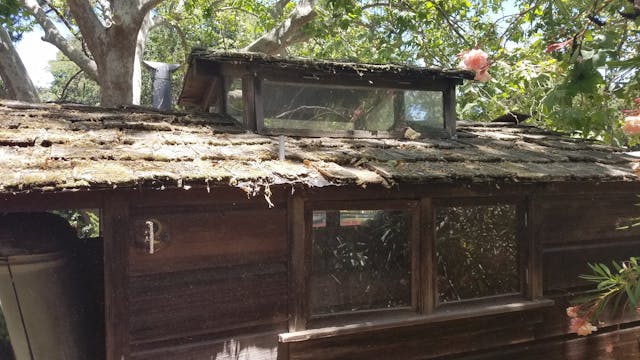
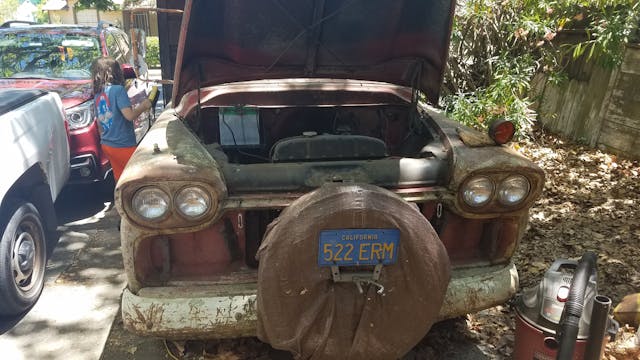
He says he always tried to keep the truck running, and “about 10 years ago it went into the shop for radiator repair and new tires, brakes, gas tank, muffler, and tailpipe.” He also had plans to add upgrades, like a CB radio, which he purchased but never installed. Sabelman even kept the housecar’s California registration current. However, in a story as old as automobiles, the years continued to slip past and the work wasn’t completed.
“I kept putting things off because there would always be time to do it later,” Sabelman says. “The procrastination came to an end when we decided to sell our house and move, but then there was no time left to work on it.”
That move—from the couple’s Menlo Park home to Friends House, a Quaker retirement community in Santa Rosa—means there’s no place to store the Trundlehouse or work on it. Eric was thinking about giving it up long before that, however.
“Some years ago I began to realize that I would have to pass the Trundlehouse into other hands,” he says. “I would drive it around the block to keep it in running order and reminisce about places we had gone in it, not dream of new places we could go.”
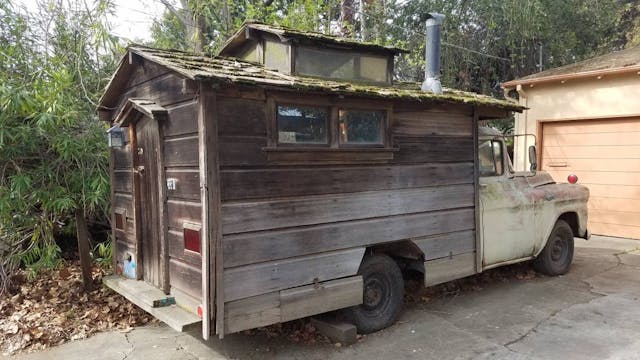
Sabelman listed it on craigslist for $6000 after trying to give it away to charity. “I offered it to a local high school, and teachers really liked the idea of a project combining a number of trade classes,” he says. But the school ultimately turned down the donation, citing a rule against storing cars on campus. “Beats me how they teach autoshop without cars.”
Sabelman says he would still consider donating it to the right organization, with the hope that he be allowed to help with the restoration, but selling it will also benefit a long list of Quaker charities (which he is willing to provide upon request).
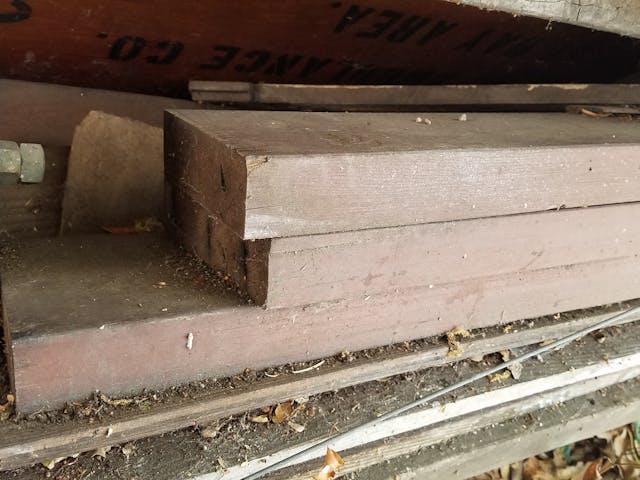
In addition to the new CB radio, included in the sale are clear old-growth redwood 2x6s and 1x12s for structural repair, a 1960s-finish dashboard AM/FM radio, timing light and engine analyzer, camping cookware and propane stove, stainless steel drinking-water tank (to replace a 5-gallon glass bottle), 60-amp 12-volt DC supply for fast battery charging and starting, and more.
“I tend to keep everything of value that passes into my hands,” Sabelman says. That includes some of the sketches he made during the building process, which he’ll give to the new owner in a binder, along with other historical material “like letters to the Menlo Park Police Dept stating that I was not storing an abandoned vehicle in my driveway, in violation of city ordinance—to which they agreed.”
Sabelman says that although his family has “wonderful memories” in the Trundlehouse, it’s time for it to go to a new home.
“I had a cousin who died about eight years ago of a brain tumor, and he left his Formula 1 racer disassembled in his garage,” he says. “If you want to keep something you value that needs work, start working on it now. Don’t wait.”
As for the Sabelmans and their precious cabin on wheels, Eric says, “Traveling in the Trundlehouse is a dream for people who are younger than MaryAnn and I.”
Perhaps he’s talking about you?
Check out the Hagerty Media homepage so you don’t miss a single story, or better yet, bookmark it.
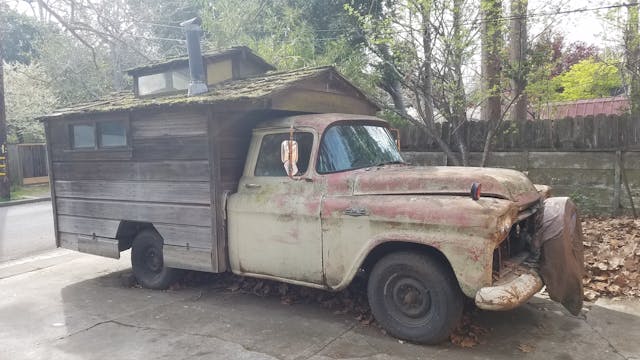
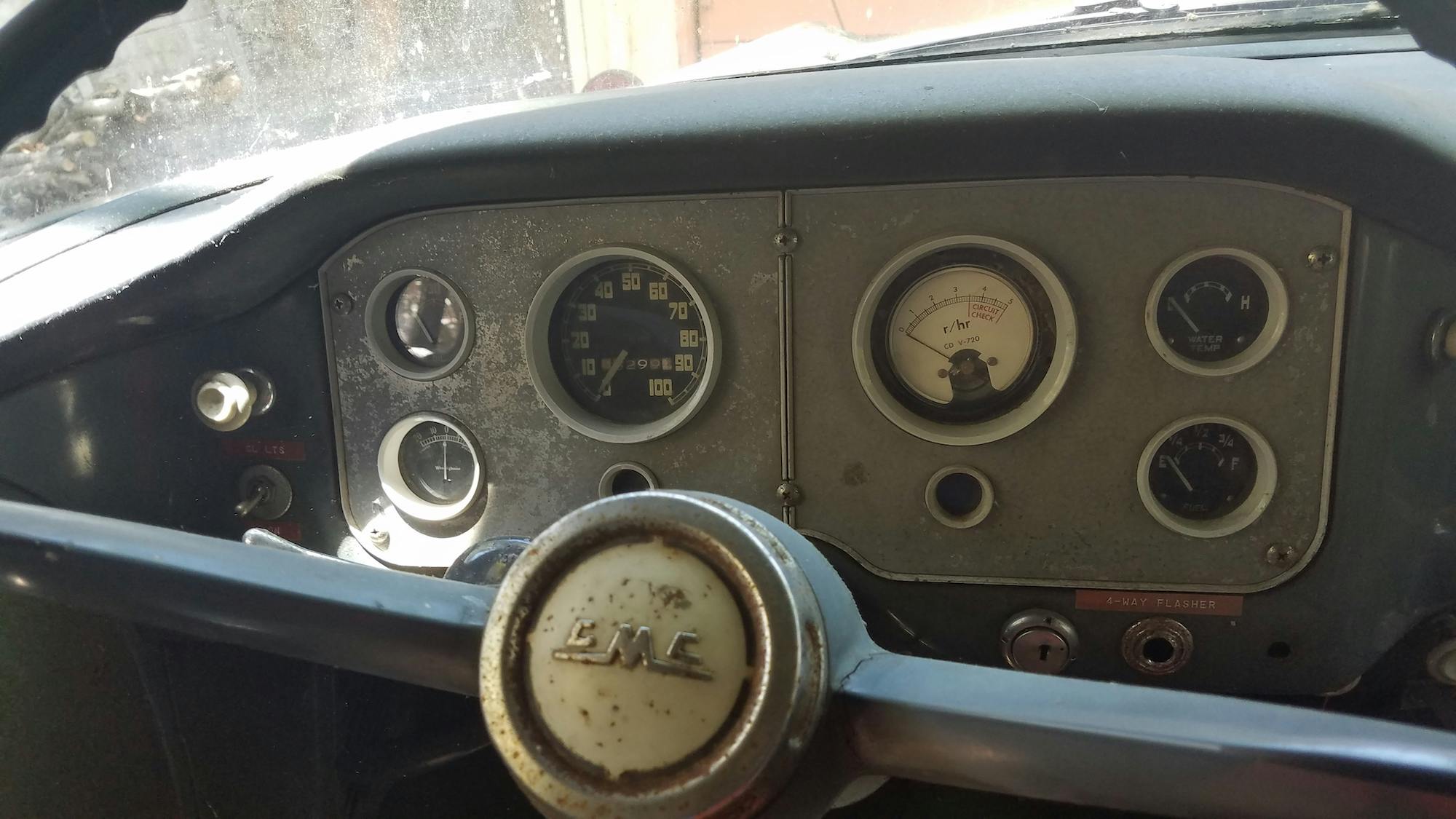
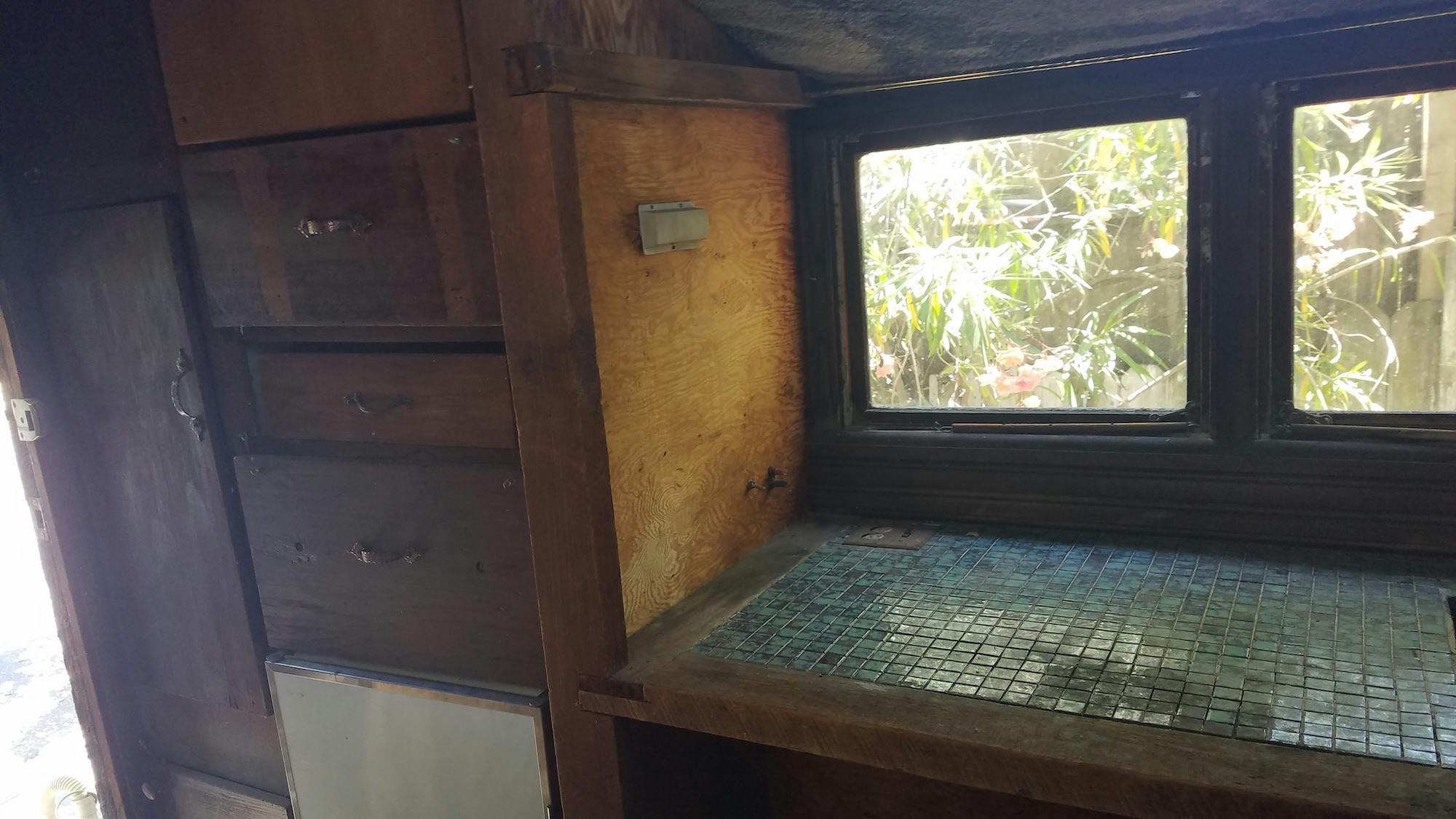
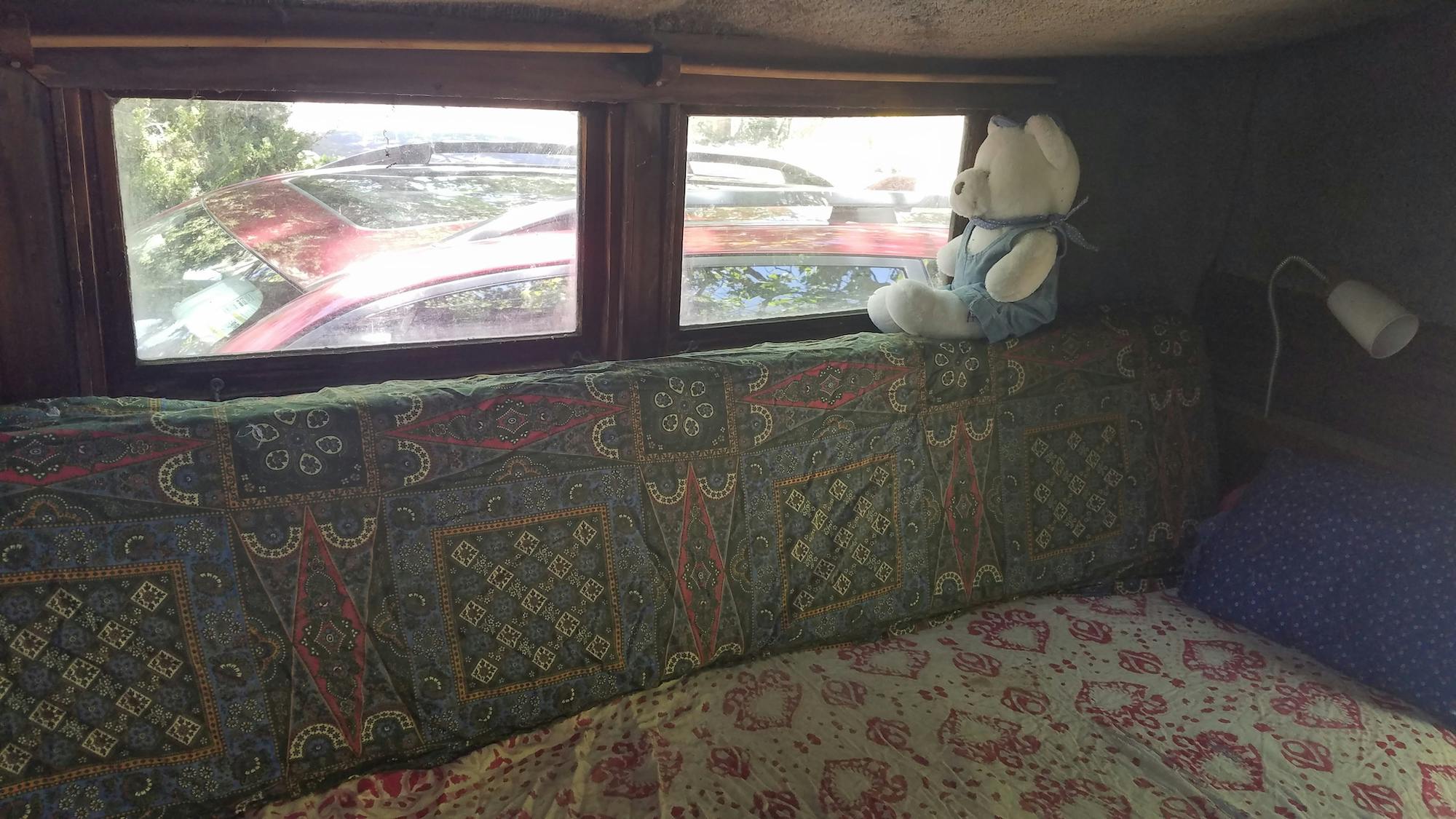
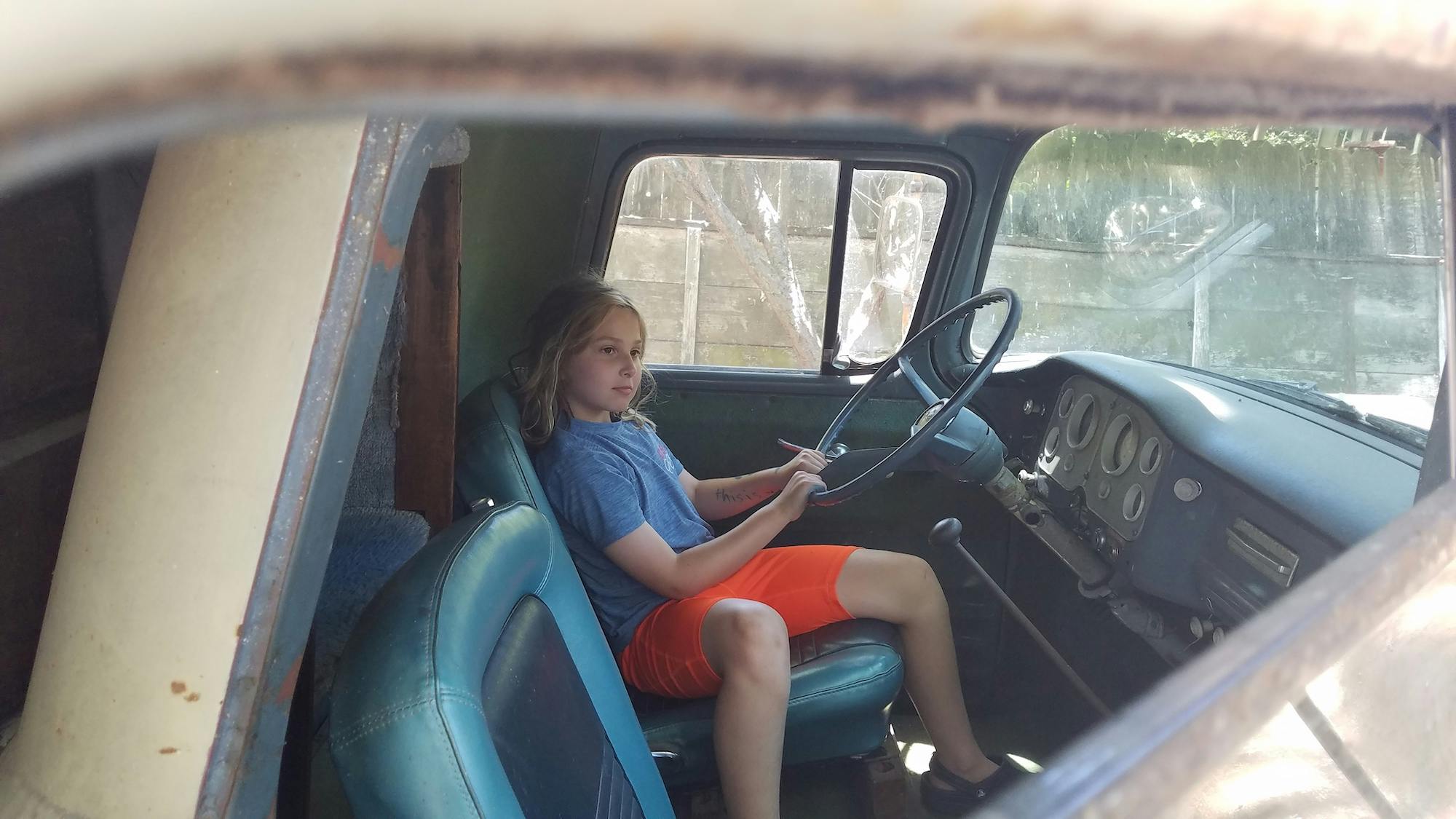
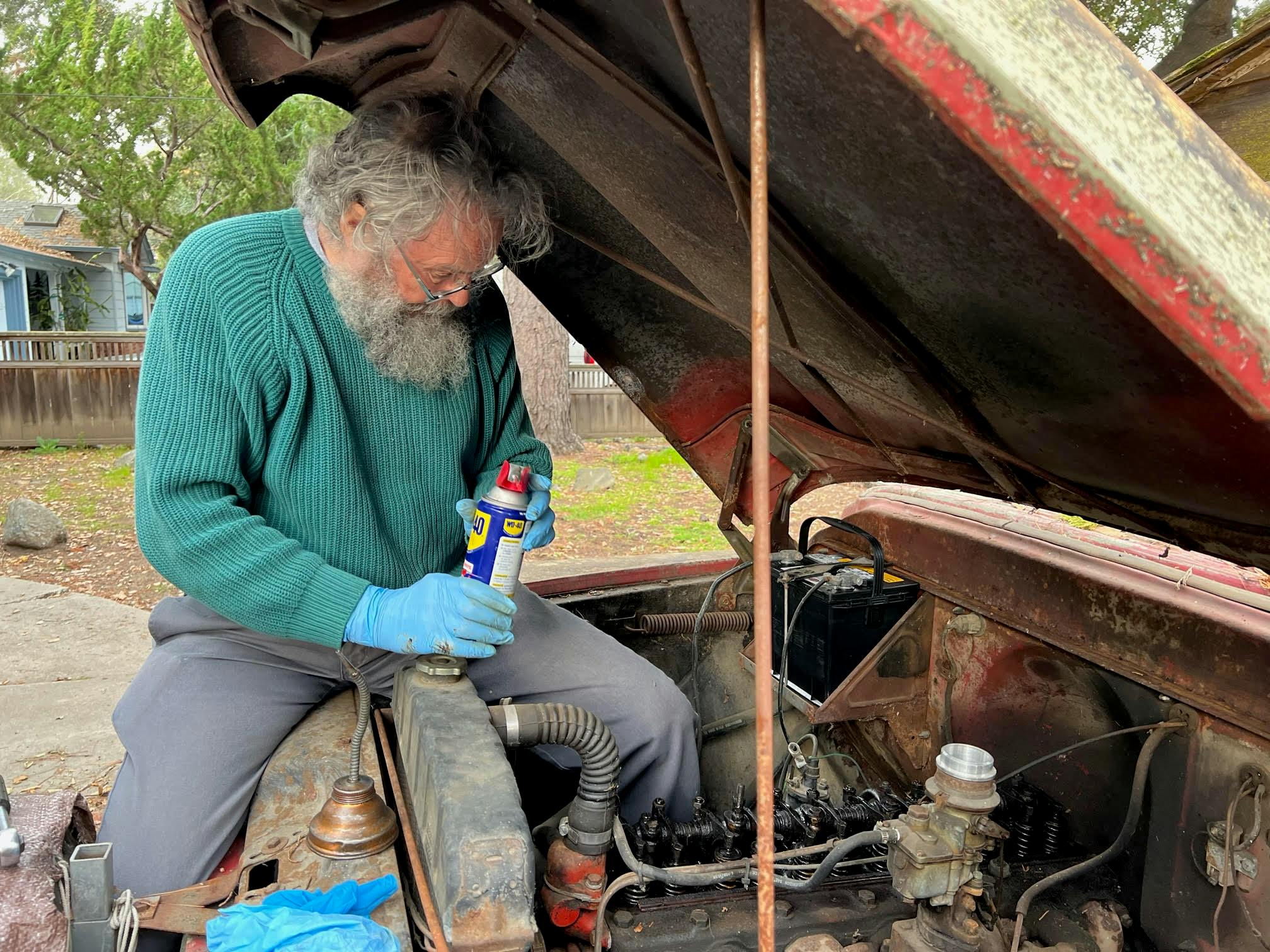
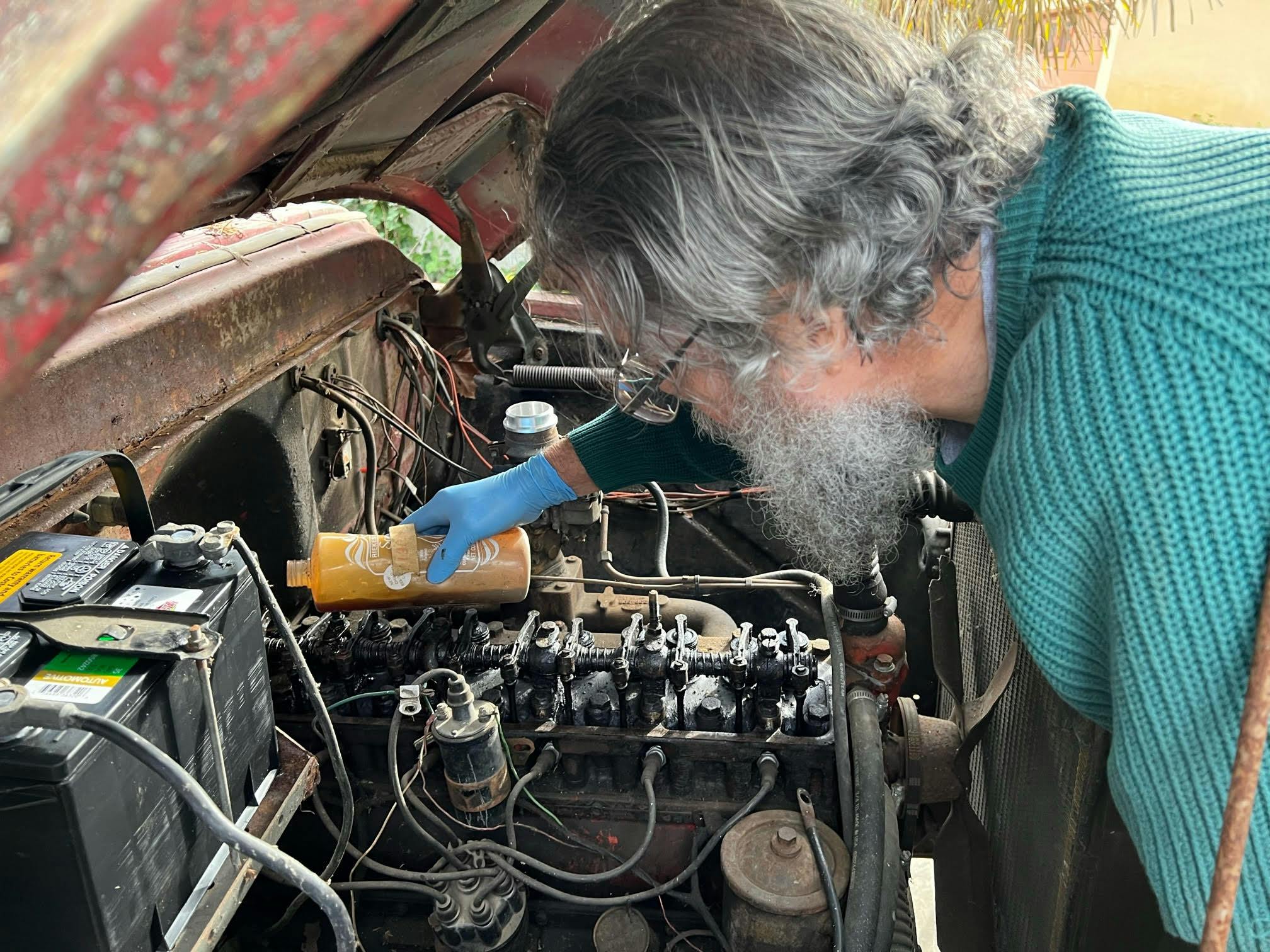
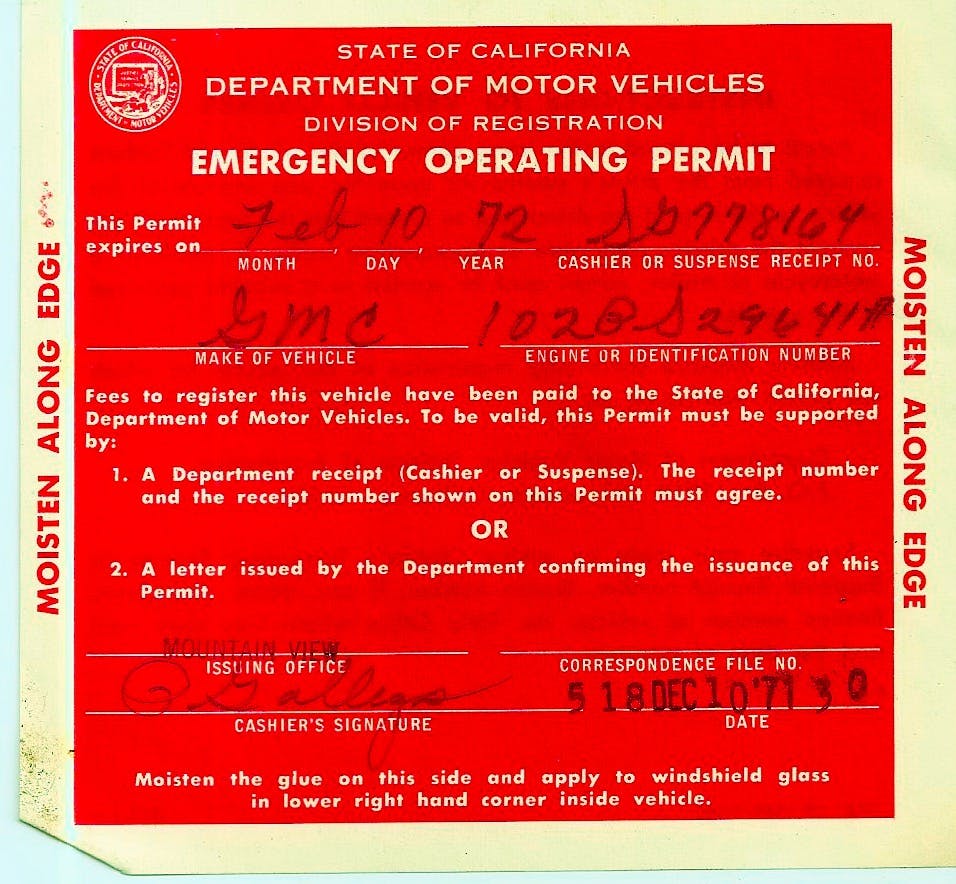


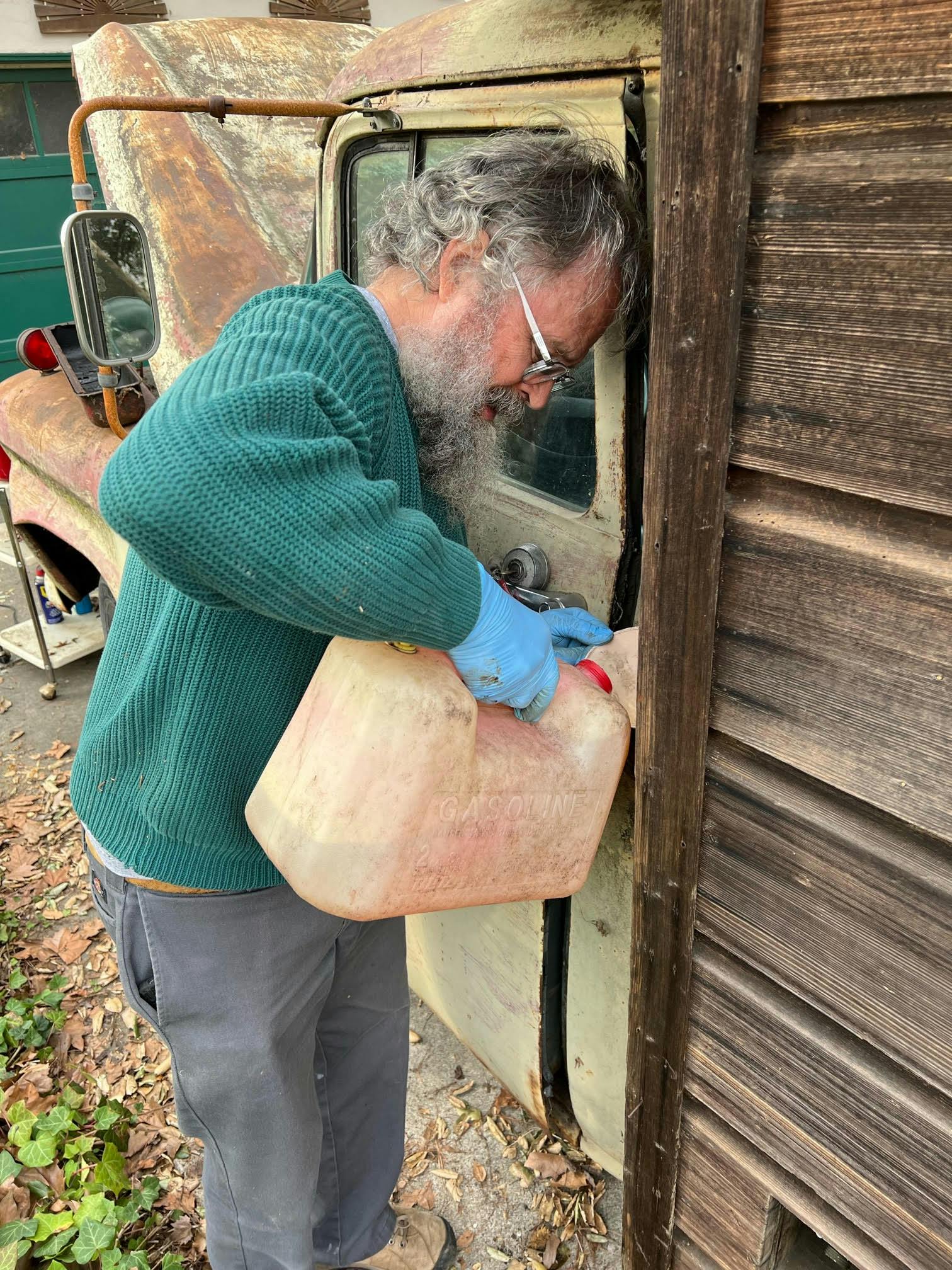
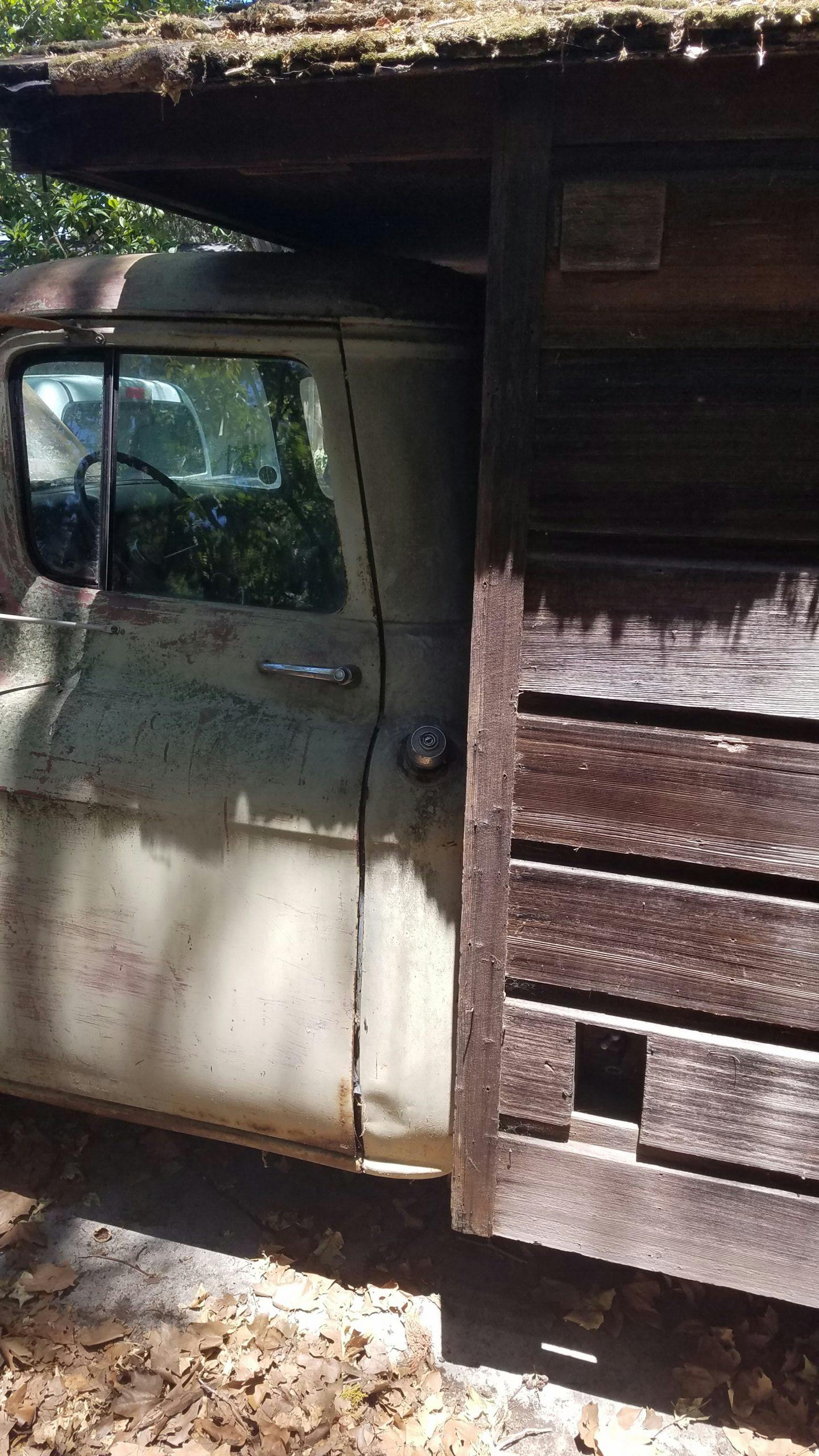

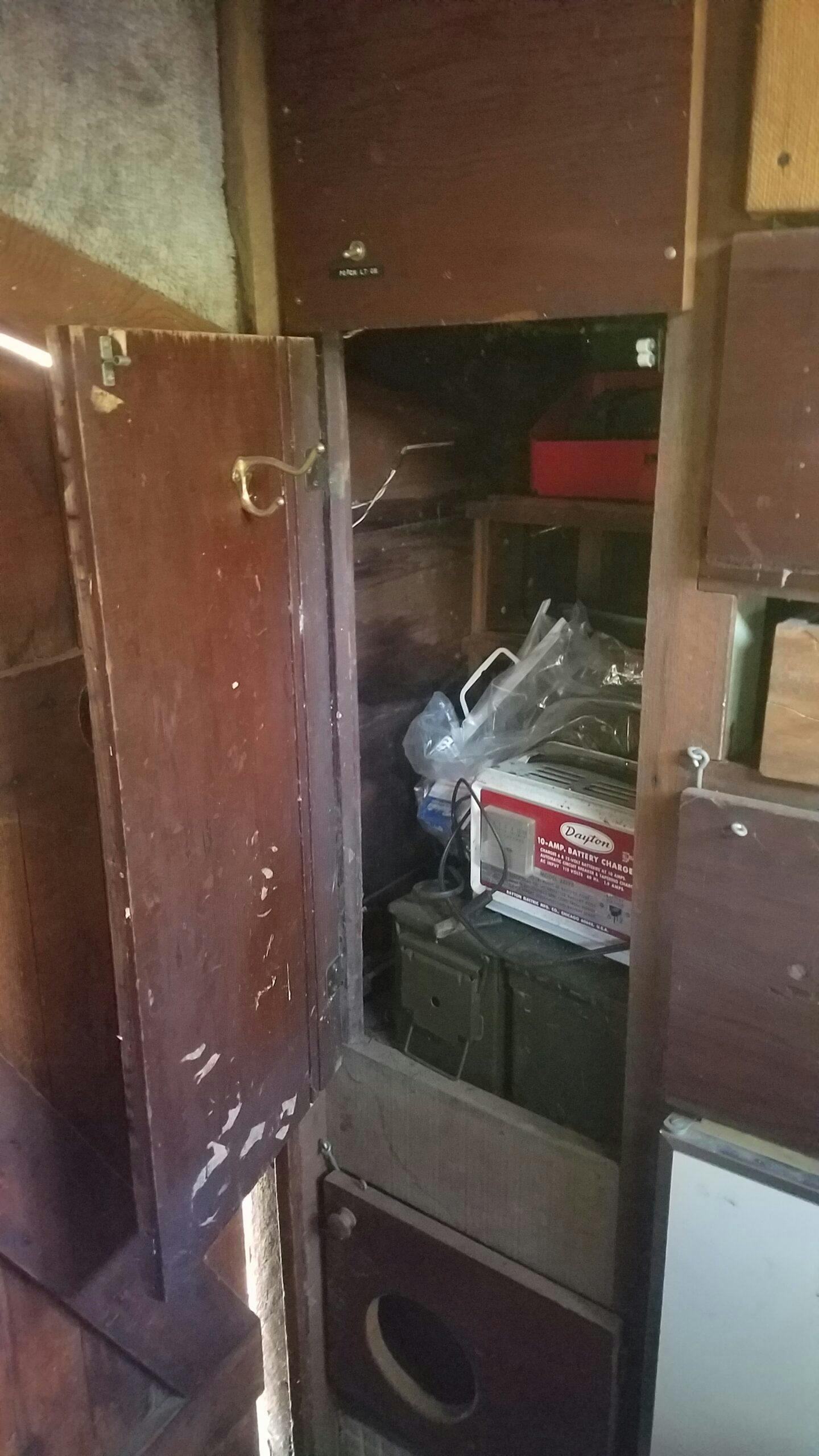
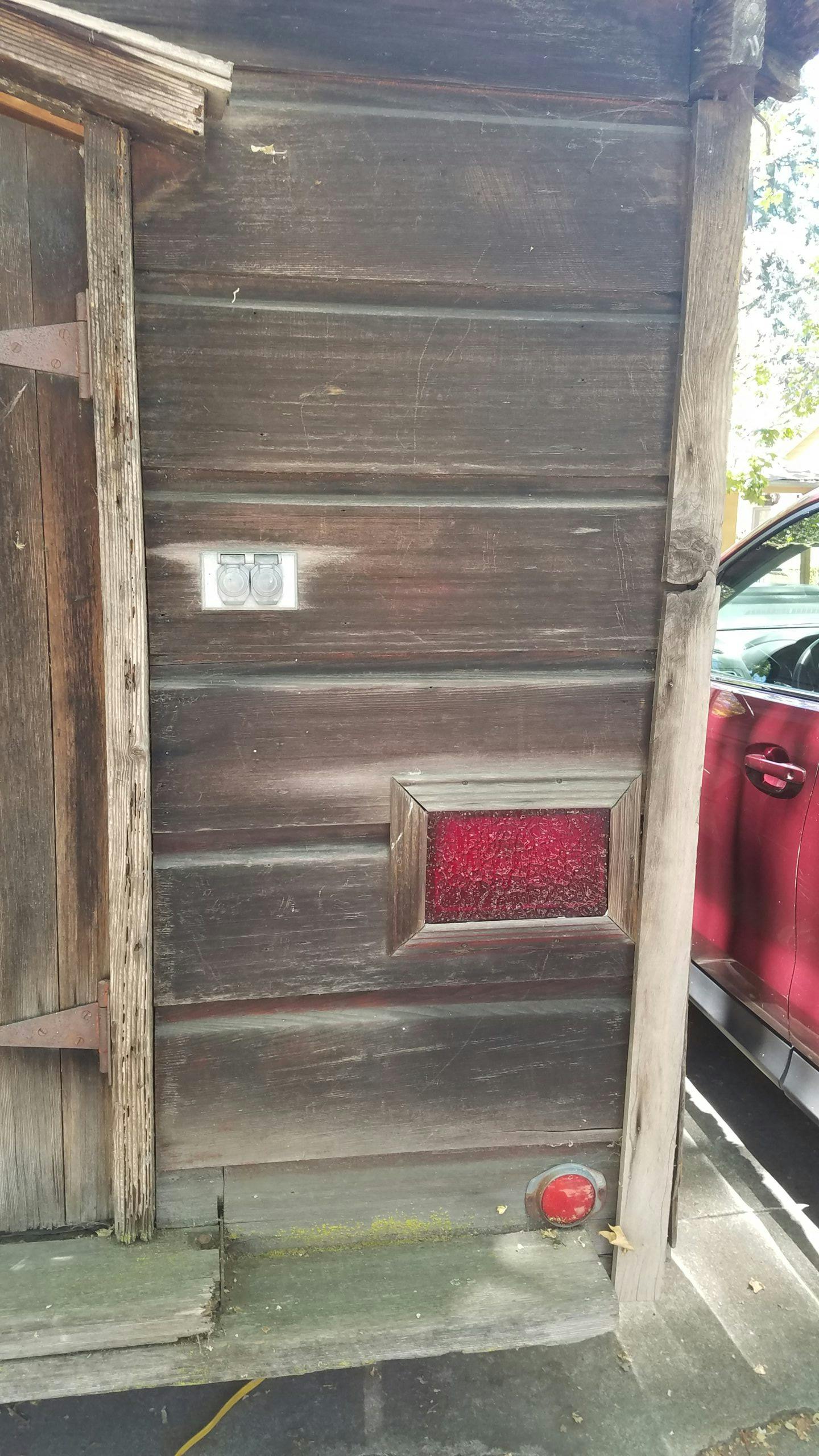

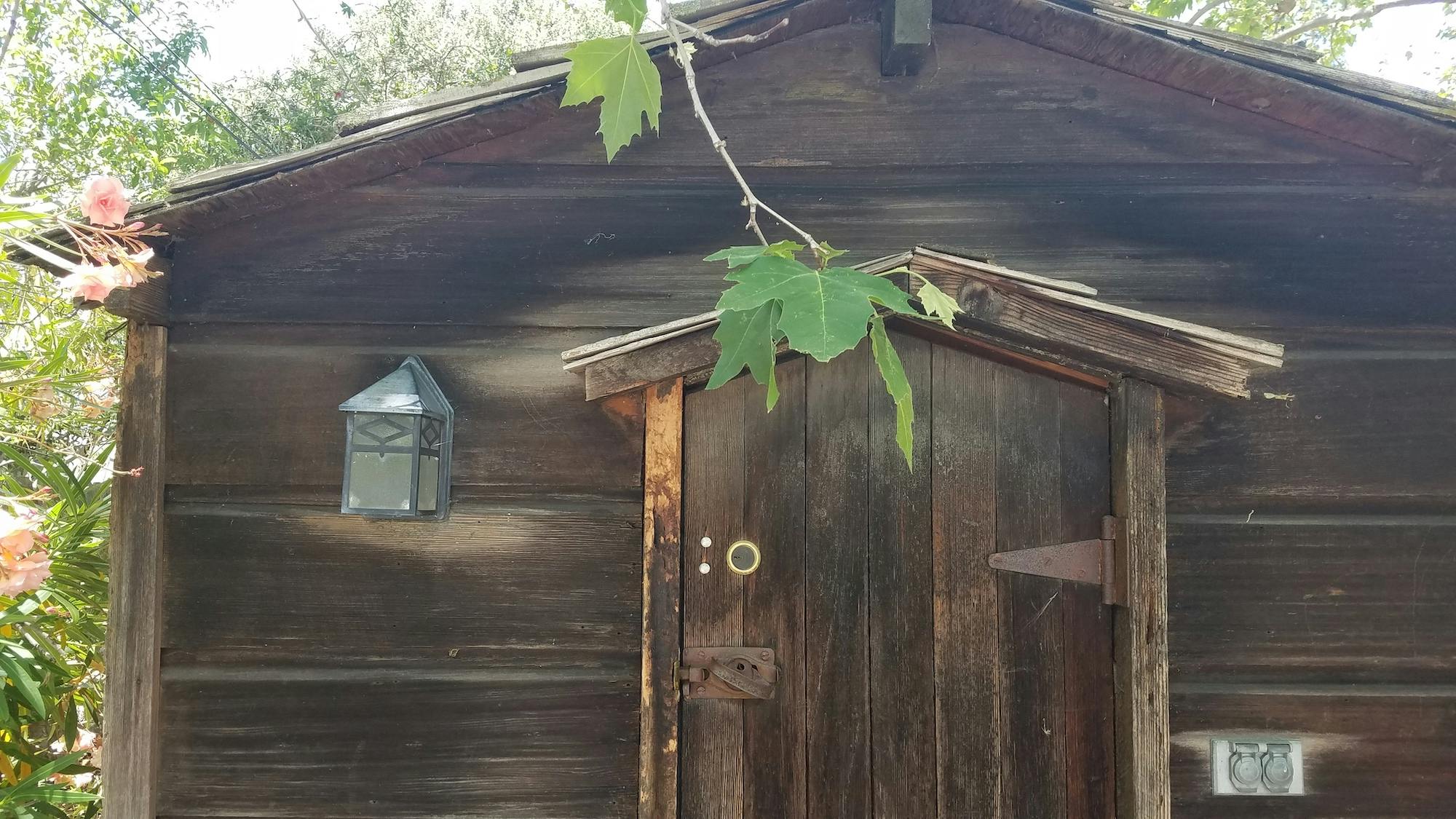

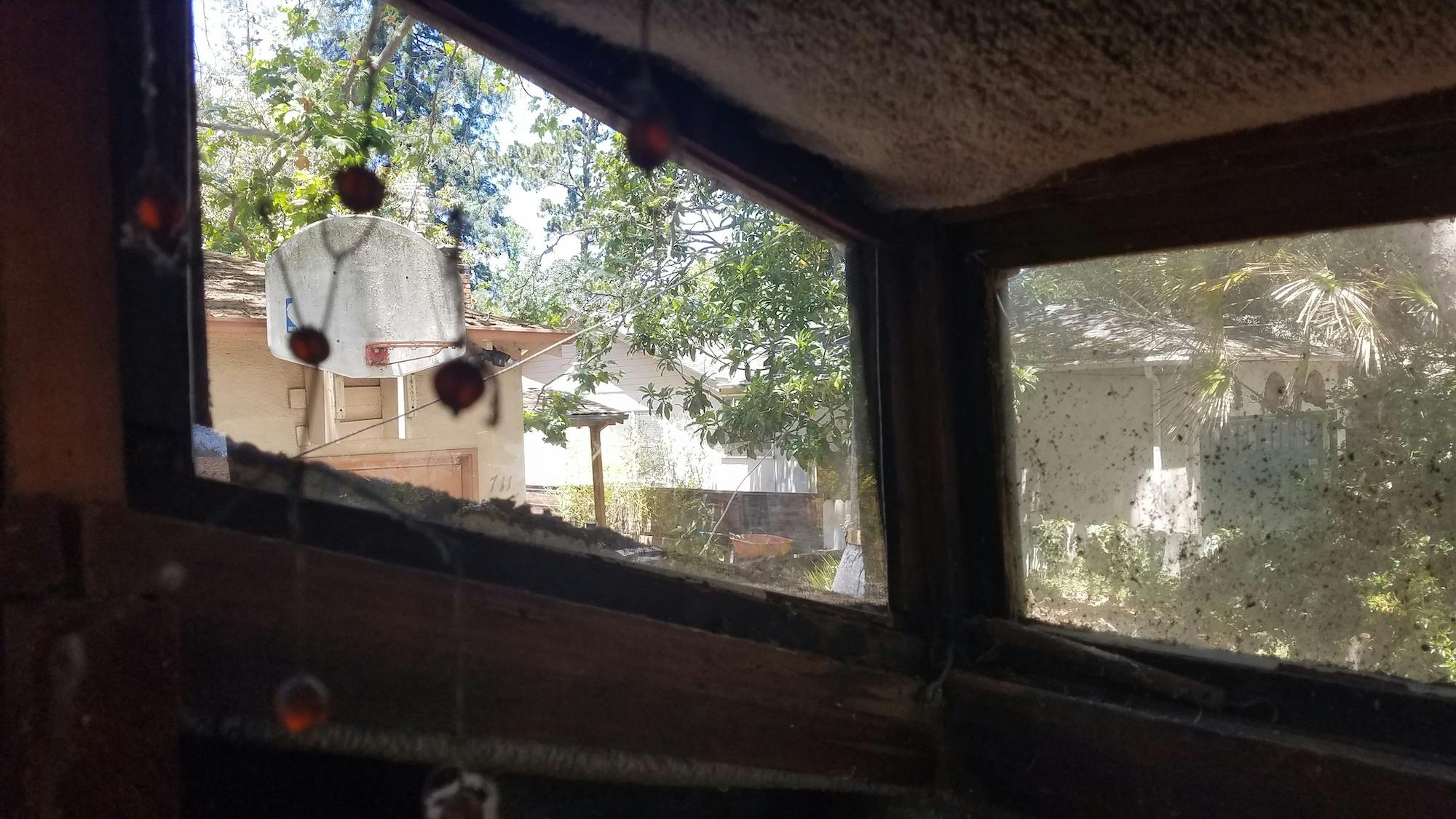
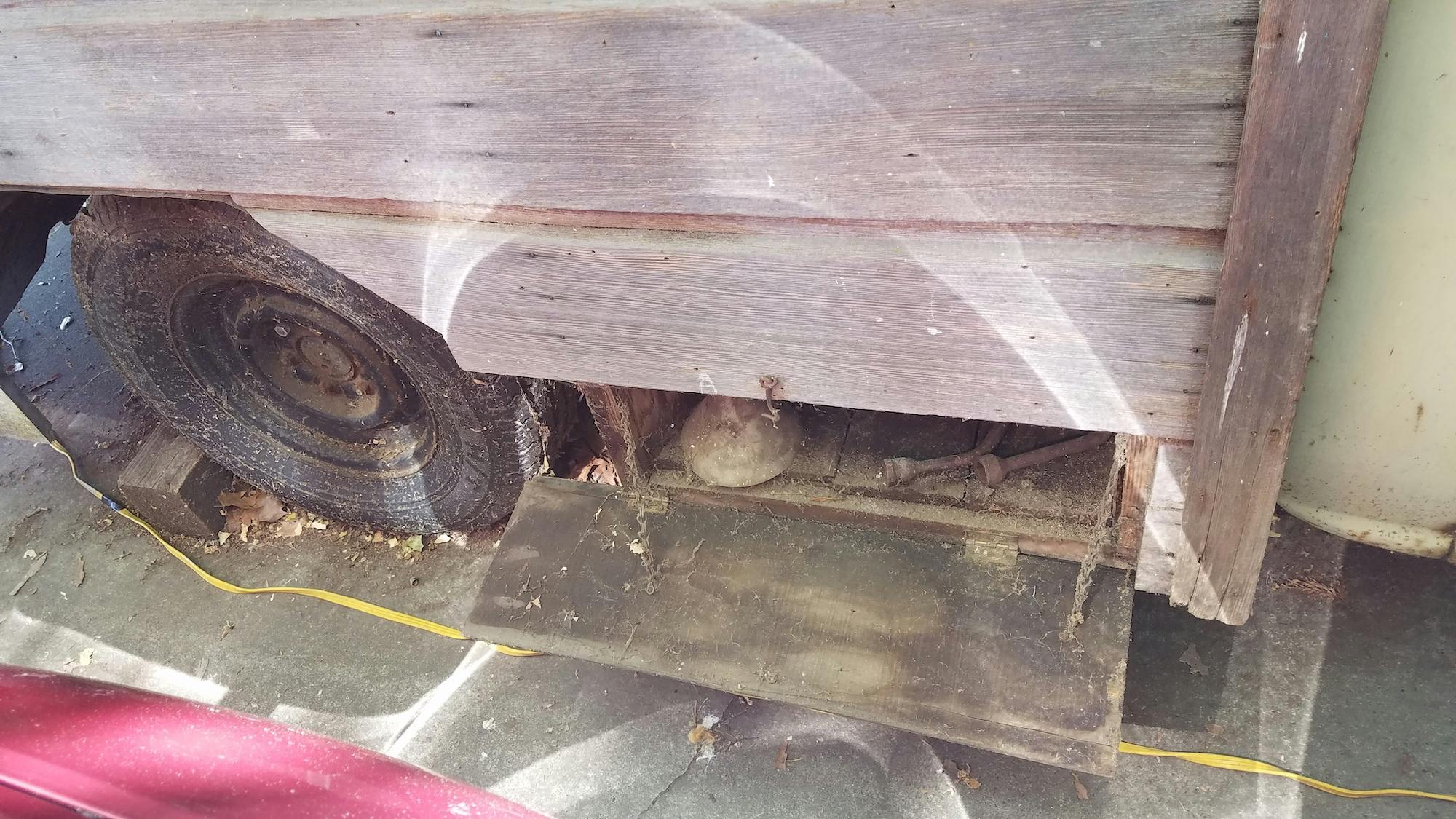
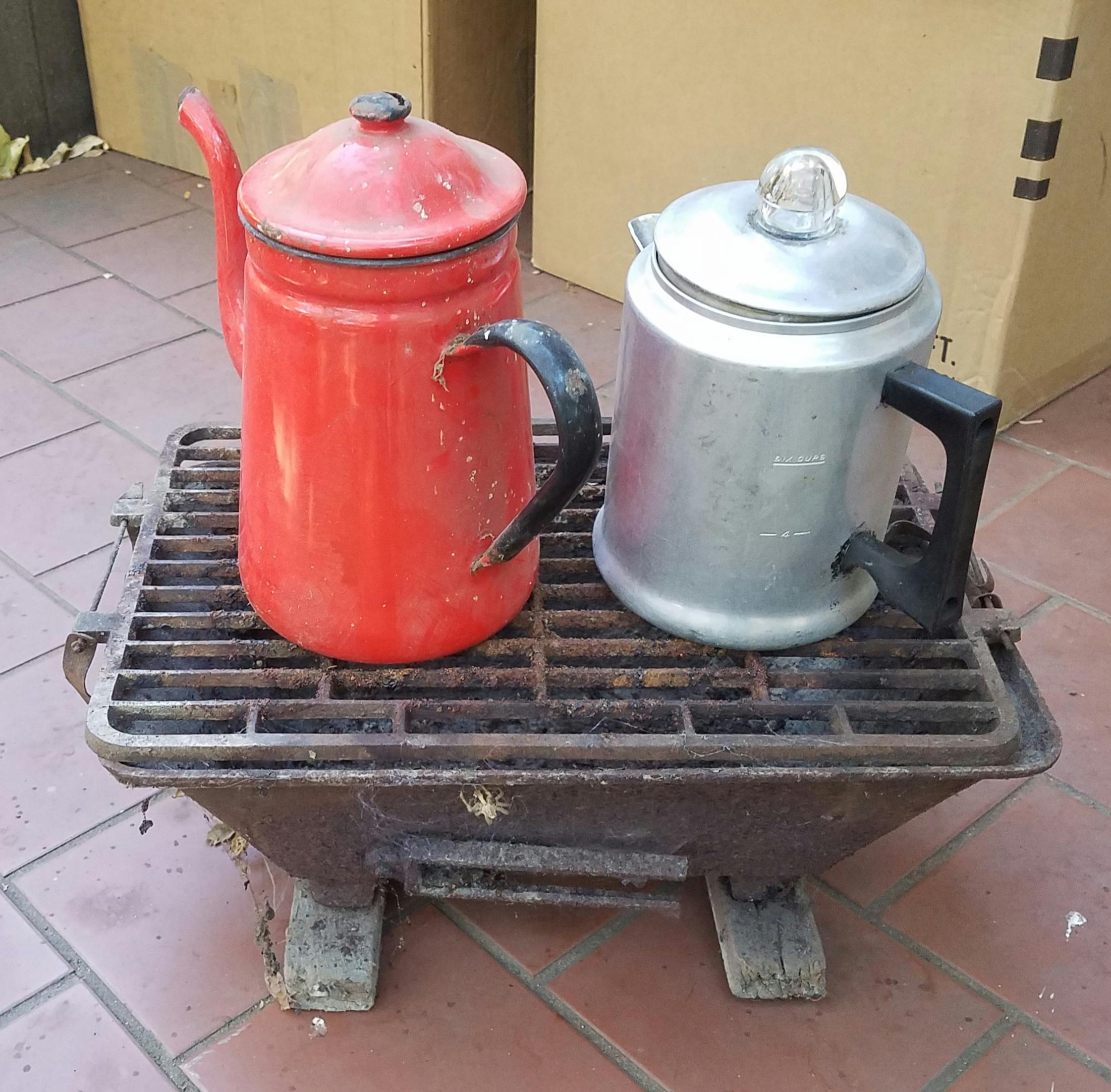
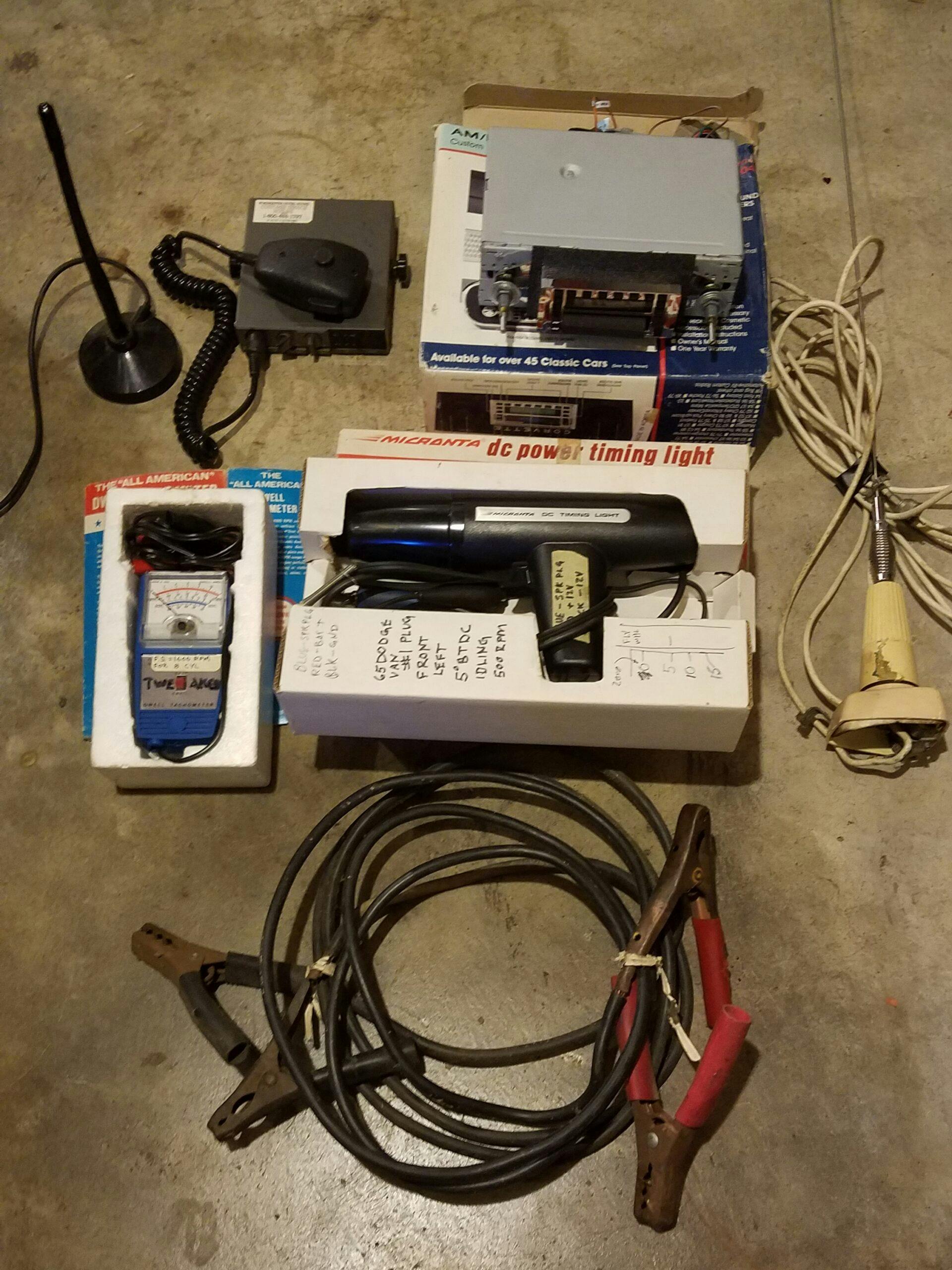


Very interesting article…this old GMC is pretty cool, and in my opinion way cooler than a Sprinter van. Hope it goes to a good home, gets the love and care it needs and then goes back on the road for more adventures….
I love my Sprinter Class B. 18 mpg at 80 mph. I’m an old ex-VW Camper guy and the MB is a quantum leap. Glad I bought it a few years ago before the prices went crazy. If I was 22 again I’d be giving the Trundlehome a look. It needs a built SBC to keep up or even get close to today’s traffic pace. The old VW buses I see on interstate trips look like they are standing still-and a hazard in traffic.
I really don’t like this. The interior is depressing and it looks like the kind of truck the killer from the Texas Chainsaw Massacre would drive.
This thing is lovely but should be left in the 1970’s. And it simply needs more work than it’s worth to make it road worthy. It also needs to stay under 40mph or the shingles are going to be blown off. Just like an old mobile home, all the fasteners loosen up and it will fall apart on the road with all the vibration. This thing is awesome but at this point it deserves a Viking funeral….
“It also needs to stay under 40mph or the shingles are going to be blown off.” Only if the roofing shakes are not replaced when they reach end-of-life. “End-of-life” means bugs start living under the shakes, and crows poke the shakes to pieces trying to get the bugs out. The Trundlehouse has had 2 complete changes of cedar shakes (rough-surfaced shingles) and 1 partial replacement in 50 years, about the same as on a normal house.
New shakes held down with drive screws through pilot holes will take 65 mph easily. We couldn’t get these screws in 1971, so we used 1 1/2 inch roofing nails clenched on the underside of 1/4 inch marine plywood sheathing (a polyethylene waterproofing layer was glued to the sheathing under the shakes). MaryAnn did the clenching while I pounded nails from on top of the roof. This was the roof on all our long trips at freeway speeds.
The current price of a bundle of cedar shakes is $190. 6 or 7 bundles should be enough. I don’t remember the 1971 price, but I think we did the whole roof for the price of one bundle today.
You can now get imitation shakes made of polyurethane with 50 year warranty and Class B fire rating. Look at these as an alternative to real cedar.
“…all the fasteners loosen up and it will fall apart on the road with all the vibration.” Maybe. Vertical studs are bolted to the sides of the truck bed; you can re-tighten the bolts if they are loose. I had been studying wooden boat-building, so the rafters and other framing are set in notched studs with marine resorcinol glue as well as nails. Some of the exterior corner trim is loose, and I have been gradually replacing nails with drive screws in the trim.
-Eric
From the dash photo it looks like the engine’s redline is about 3.5 Roentgens!
One roentgen on the gauge equals 1000 rpm.
A friend moved into the Santa Rosa Quaker retirement community several years ago. It was recently purchased by a large corporation.
groovy
During the 70s I traveled in a WHITE 1941 schoolbus I converted. Wife and 2 small kids. Across the US from Calif. and up and down the west coast, I sold it in the 90s to a family that was living in their pickup. I have lost the photos and have great memories. This brought them back. Thanks
While I agree that it probably shouldn’t be on the road again, I really hope it can be preserved, if not somewhat restored, so that people can see it and appreciate the story, the people, and the bygone era from where it came. It’s stories and pictures like this that make me just want to run outside and work on something….anything! It’s a feeling shared by many, and that’s why we’re reading this story to begin with. The “Trundlehouse”! F**cking awesome! Thanks for sharing, and may it find a good home.
It’s an interesting truck with a cool story. Hopefully it will get the restoration it needs.
All the fond memories of 1971 aside: at 63+ years on the chassis and 51 on the decaying redwood abode, this decaying and termite infested artifact is unsafe at any speed. So very grateful that it’s not out on public roads with a blue cloud of smoke trailing behind (wether from the wood, engine oil, or whatever the driver might be smoking).
I can relate with Eric about not putting things off or time will catch up to you. I have enough projects to keep me busy for the next hundred years but at my advancing age (70’s) I’ve come to the realization it ain’t gonna happen!
I see several comments from people who must never have restored either an old vehicle or an old house. Before I put a price on the Trundlehouse, I looked up comparable 1950s GMCs:
https://www.hagerty.com/valuation-tools/gmc/series_100/1959/1959-gmc-series_100
Northern California has lots of 100+ year-old redwood Victorians that will likely last another 100 years – if well maintained: https://www.visitredwoods.com/listing/victorian-walking-tour-in-eureka/246/
-Eric
Some people just can’t let go. It’s fun to think that someone might be just as in love someday with rusting cast iron, dry rot, and corroded steel. Comparing a well maintained Victorian home, standing still on a foundation to a ramshackle, neglected, rusting, rotting, dilapidated, and grossly polluting basket case of a vehicle to be set loose at 60 mph on the public highways is sad and utter nonsense. Yes if one were to replace every wooden member, and every moving part, it might be as good as “new” when cobbled together from scrap in 1971 when the chassis was just over a decade old. In the age of Sprinter vans, high strength steel, satellite internet, potable water, lithium batteries, airbags, and photovoltaics it’s clearly going to be a hard sell to find the imaginary couple that want to sink thousands into preserving or making use of a lumbering hillbilly outhouse on wheels. It’s a charming and quirky museum piece that ended it’s time on the road decades ago. Good luck with the sale!
I have to admire your eloquence. Such a display of fine verbiage, when you could simply say “I sure don’t want it!” Not that I haven’t had similar thoughts to yours as I parked next to it in the driveway every day for 43 years. But it is ONLY a pickup truck and a wooden cabin, so restoration will not be much more work than building it to start with. We shall see if some dreamer comes forward willing to do it.
Sad to see dreams die